Radical architecture: is this the built environment's future?
A new book by Phaidon and curator, convenor and author Beatrice Galilee hails the radical architecture of the future through community-focused designs, site-specific and virtual installations, photography essays and traditional architectural projects
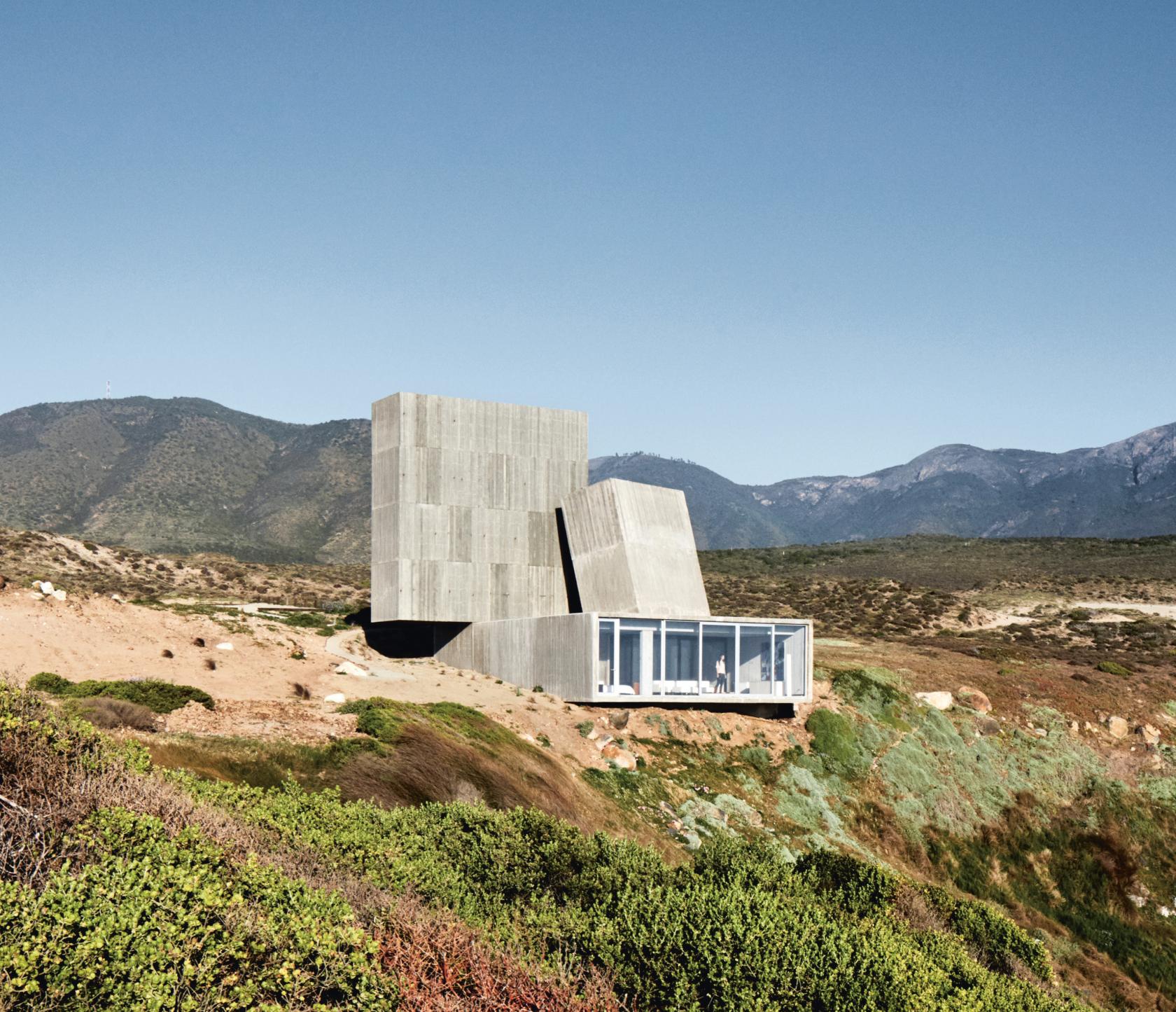
Radical Architecture of the Future is a bold title for an architecture book that brings together work that is overwhelmingly real, instead of seductively rendered. The thread that binds this collection of often wildly dissonant projects together is not simply radicalism, but the recognition that contemporary architectural design must engage with the very people it is designed to serve. To showcase these ideals, author Beatrice Galilee has assembled a broad sweep of contemporary design, spanning from community-focused designs, both cultural and industrial, to site-specific and virtual installations and photography essays, as well as traditional architectural projects both big and small.
There are bold juxtapositions, from explicitly political buildings like Heneghan Peng's Palestinian Museum in Birzeit, Palestine, through to poetic landscaping projects like Junya Ishigami's Art Biotop Water Garden in Nasu, Japan. There are residential renewal works that add fresh thinking to urgent issues like sustainability. Photographic essays lay bare the beauty, banality and terror of the late-capitalist landscape.
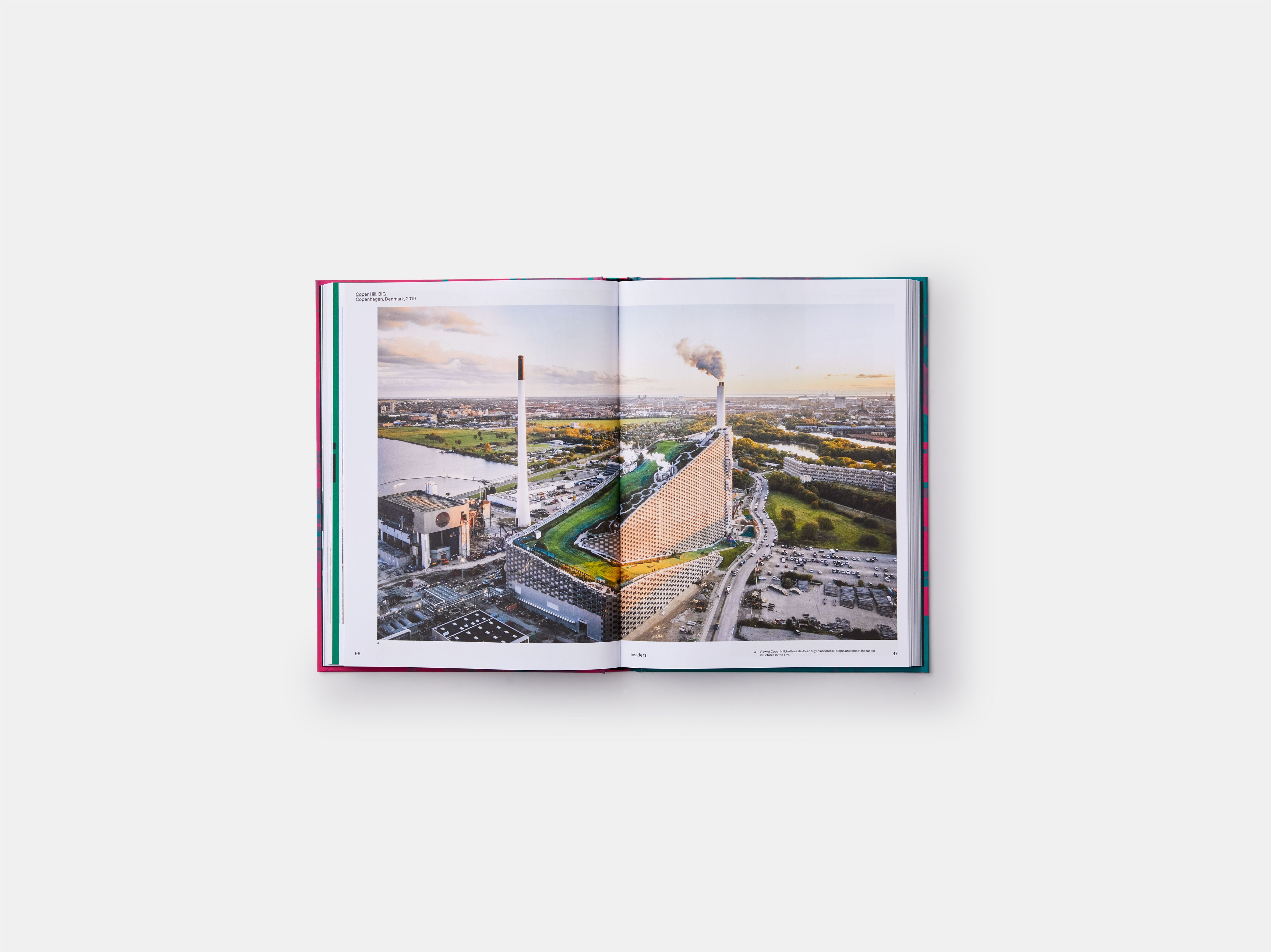
There’s a lot going on within these pages. Radical Architecture of the Future is most successful when it eschews the celebratory and aspirational tone that pervades architectural publishing in favour of provocation and the promotion of hitherto marginalised and overlooked territories. It is a book to challenge preconceptions and expand horizons. Examples include Atelier Masōmī and Studio Chahar’s impressive Hikma Religious and Secular Complex in Dandaji, Niger, and Forensic Architecture’s meticulous graphic analysis of flashpoints within global conflict.
Galilee spent five years as the curator of architecture and design at the Metropolitan Museum of Art in New York. Her prominent role as a curator, convenor, and creator within the architectural field allows her to tap into the currents of change that swirl around the global modern architecture ‘scene’. As well as the ideas on display, the book also chronicles the end of the modernist monoculture, as architecture starts to live through its own reckoning with representation and power structures.
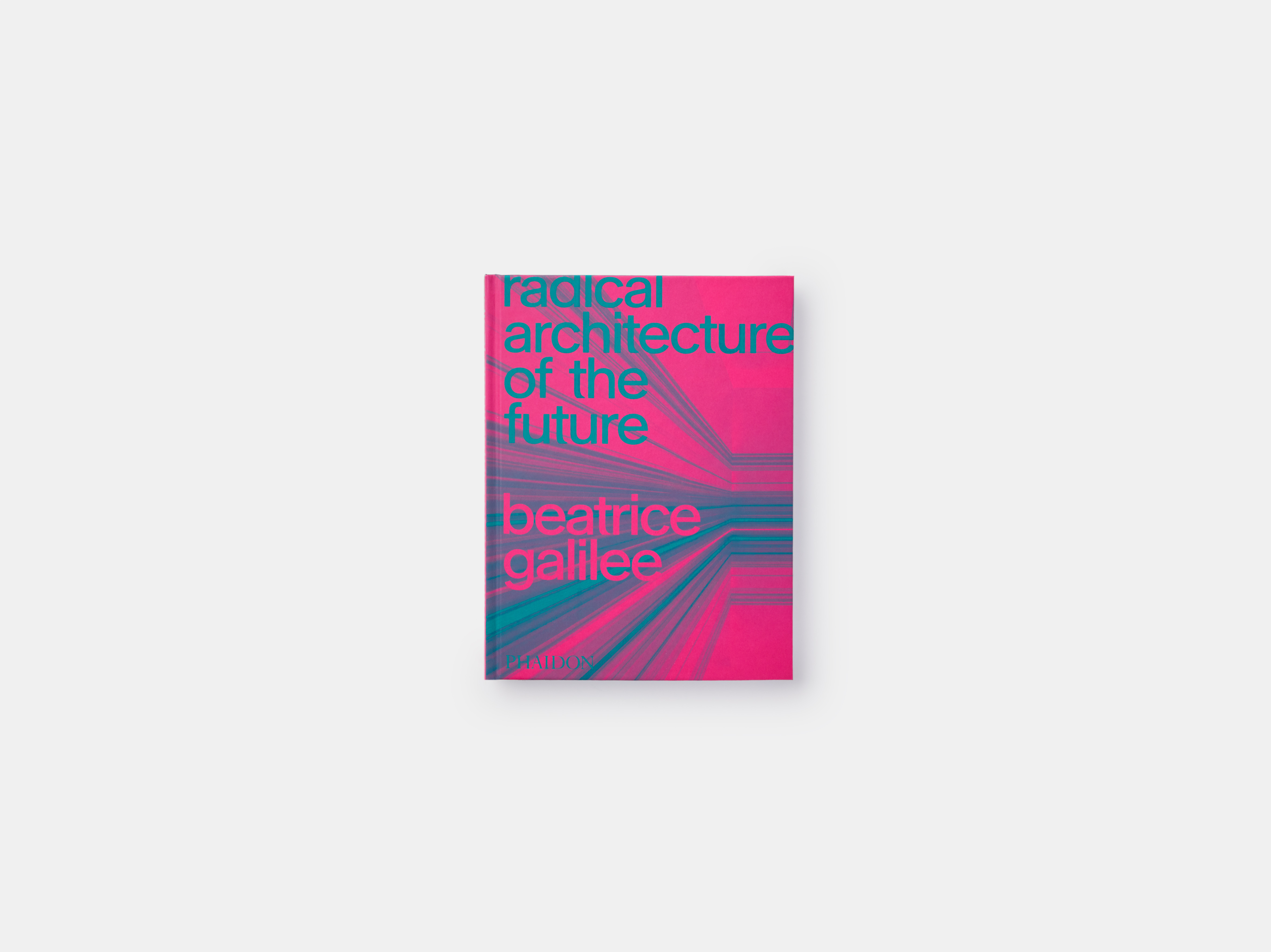
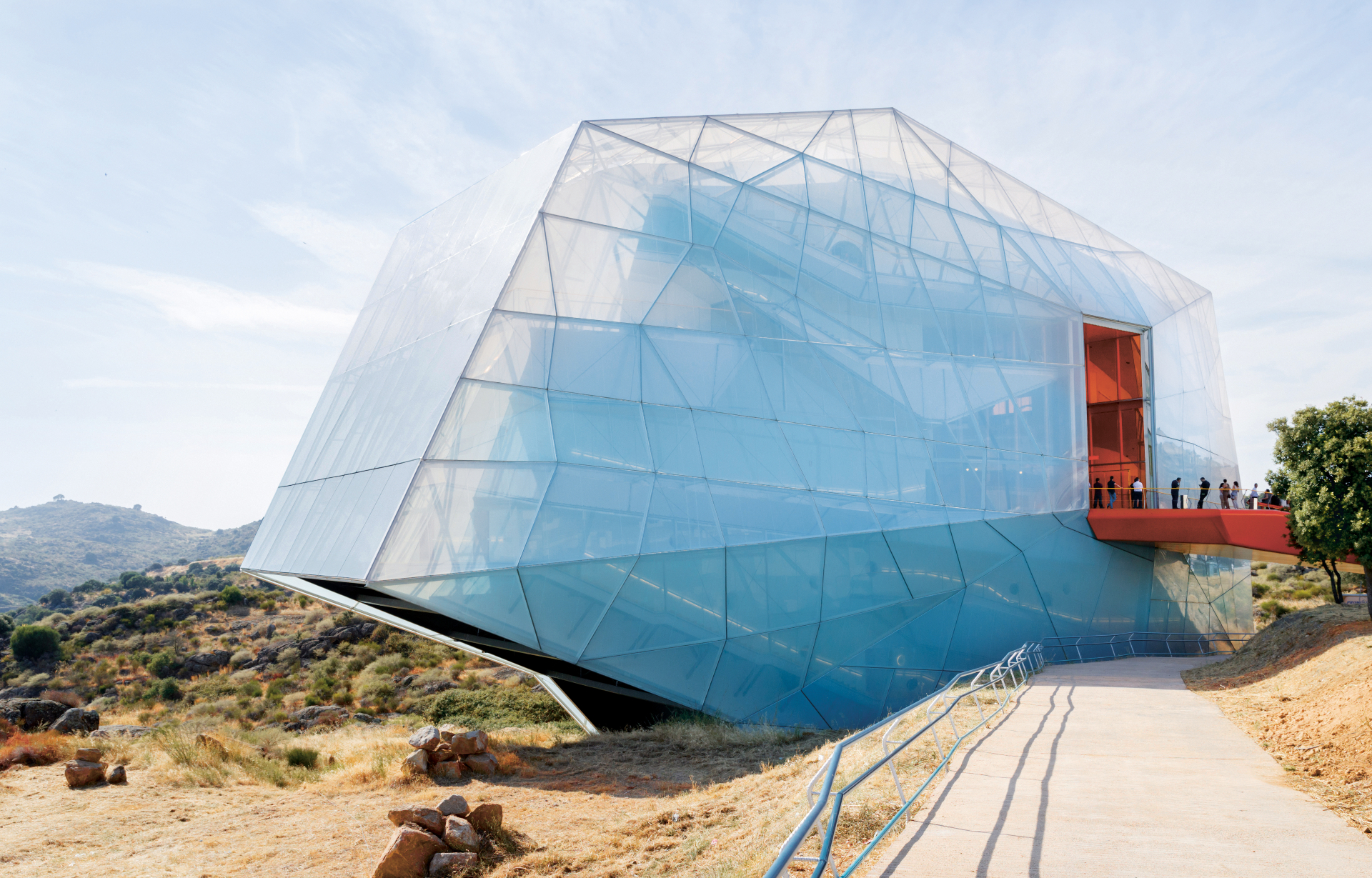
Plasencia Auditorium and Congress Center, SelgasCano, Plasencia, Spain, 2017.

Intimate Strangers, Andrés Jaque / Office for Political Innovation, 2016.
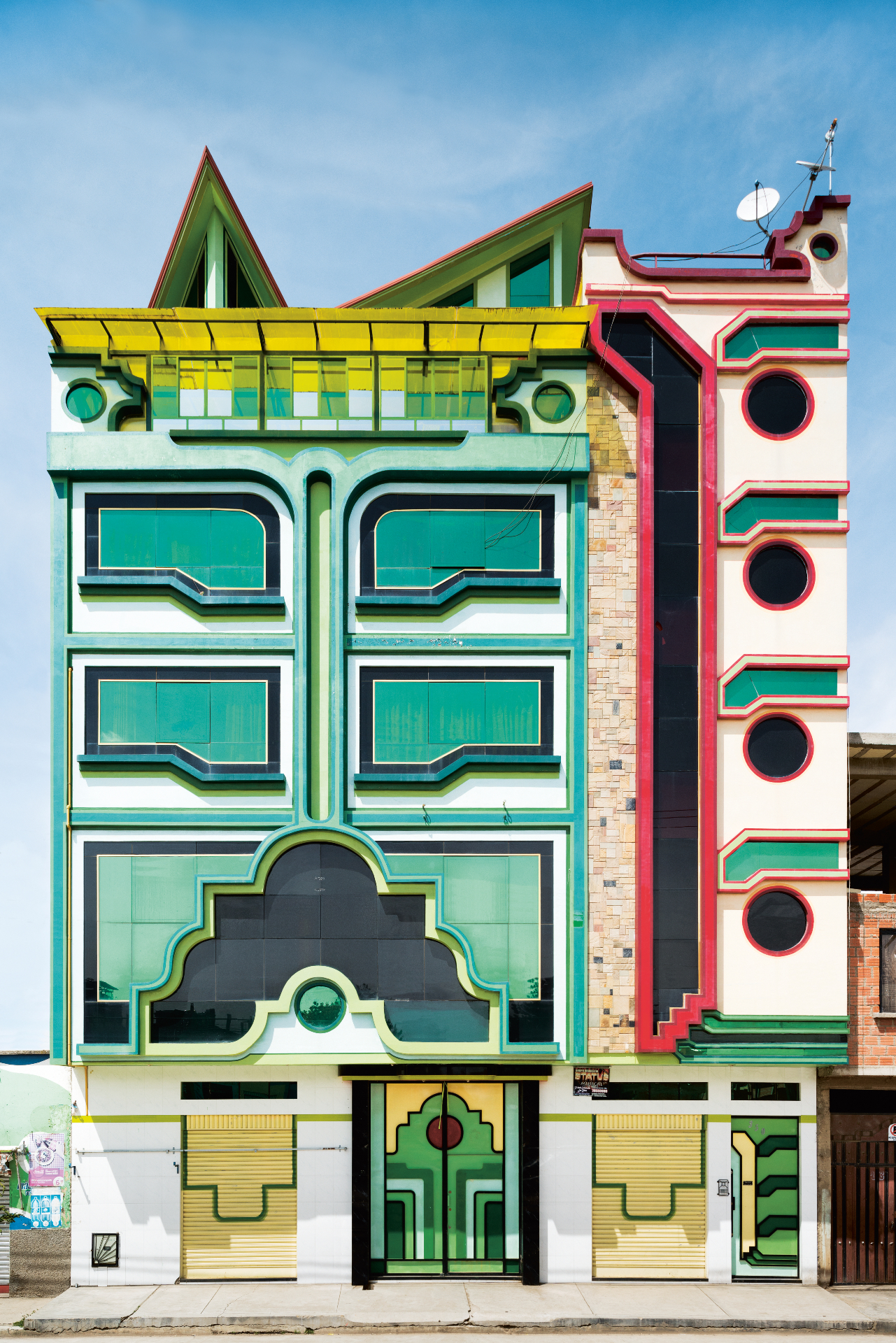
New Andean Architecture, Freddy Mamani, El Alto, Bolivia, 2005. from the book El Alto published by EditionTaube
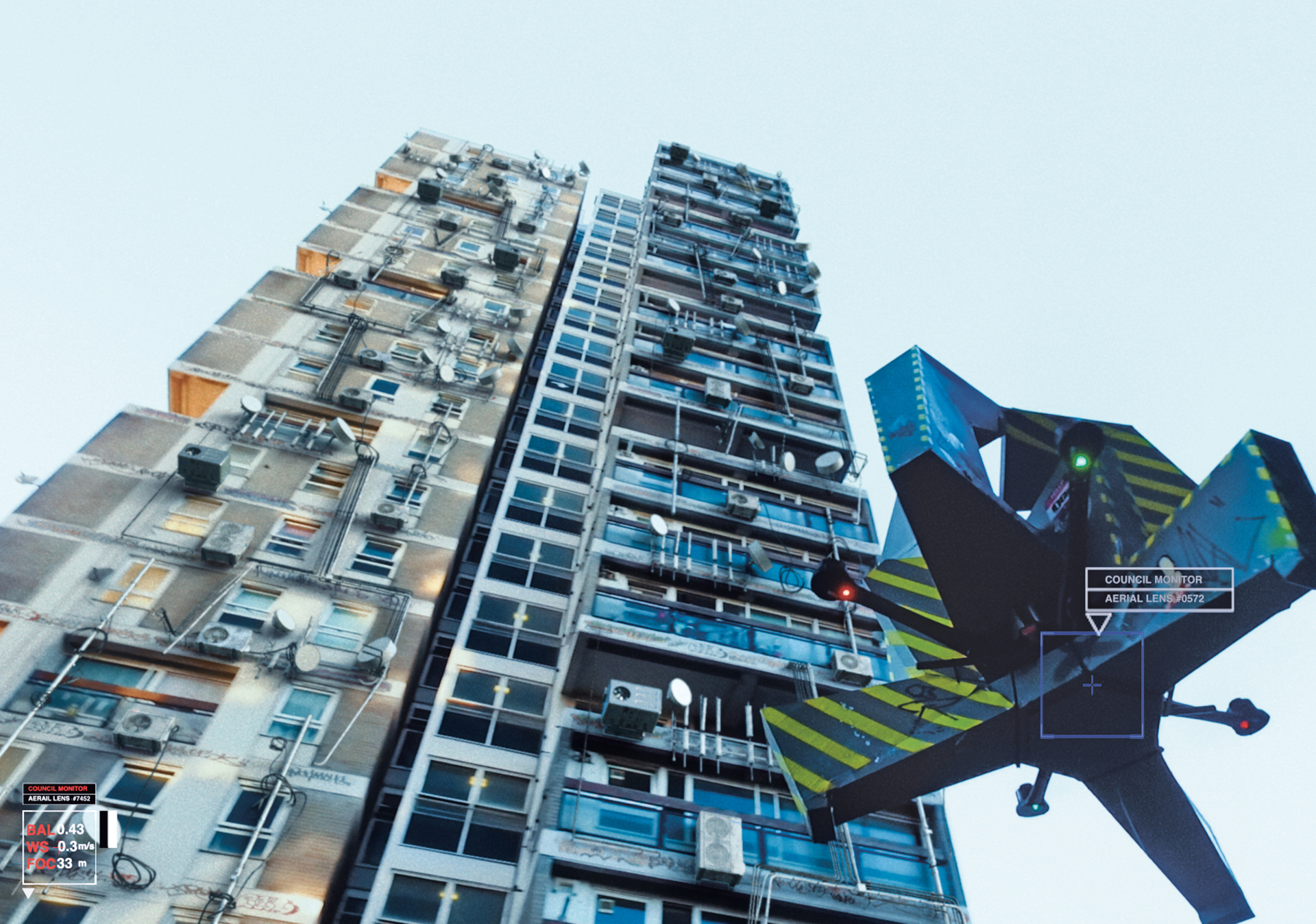
In the Robot Skies, Liam Young, 2016.
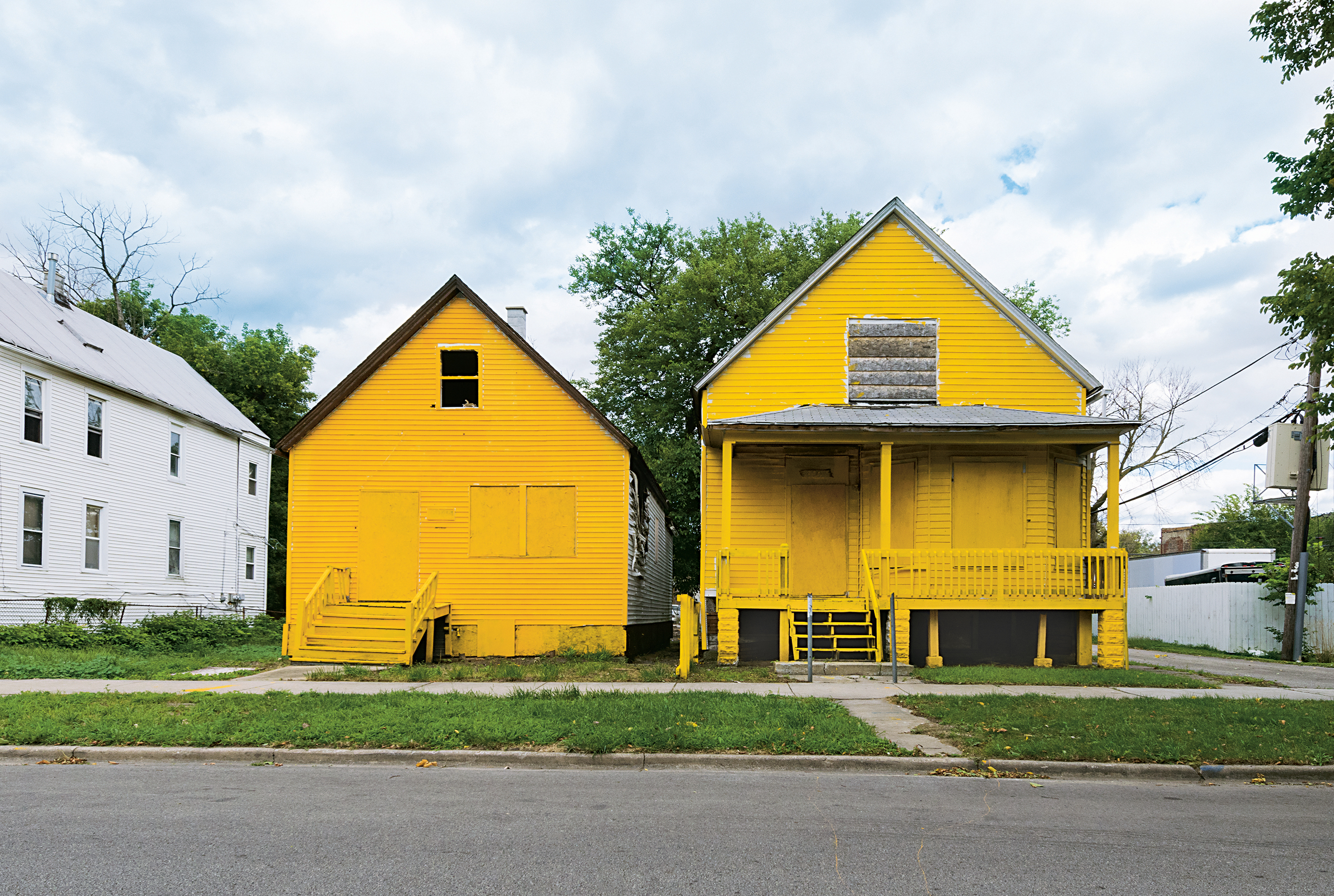
Color(ed) Theory, Amanda Williams, Chicago, IL, USA, 2014–16.
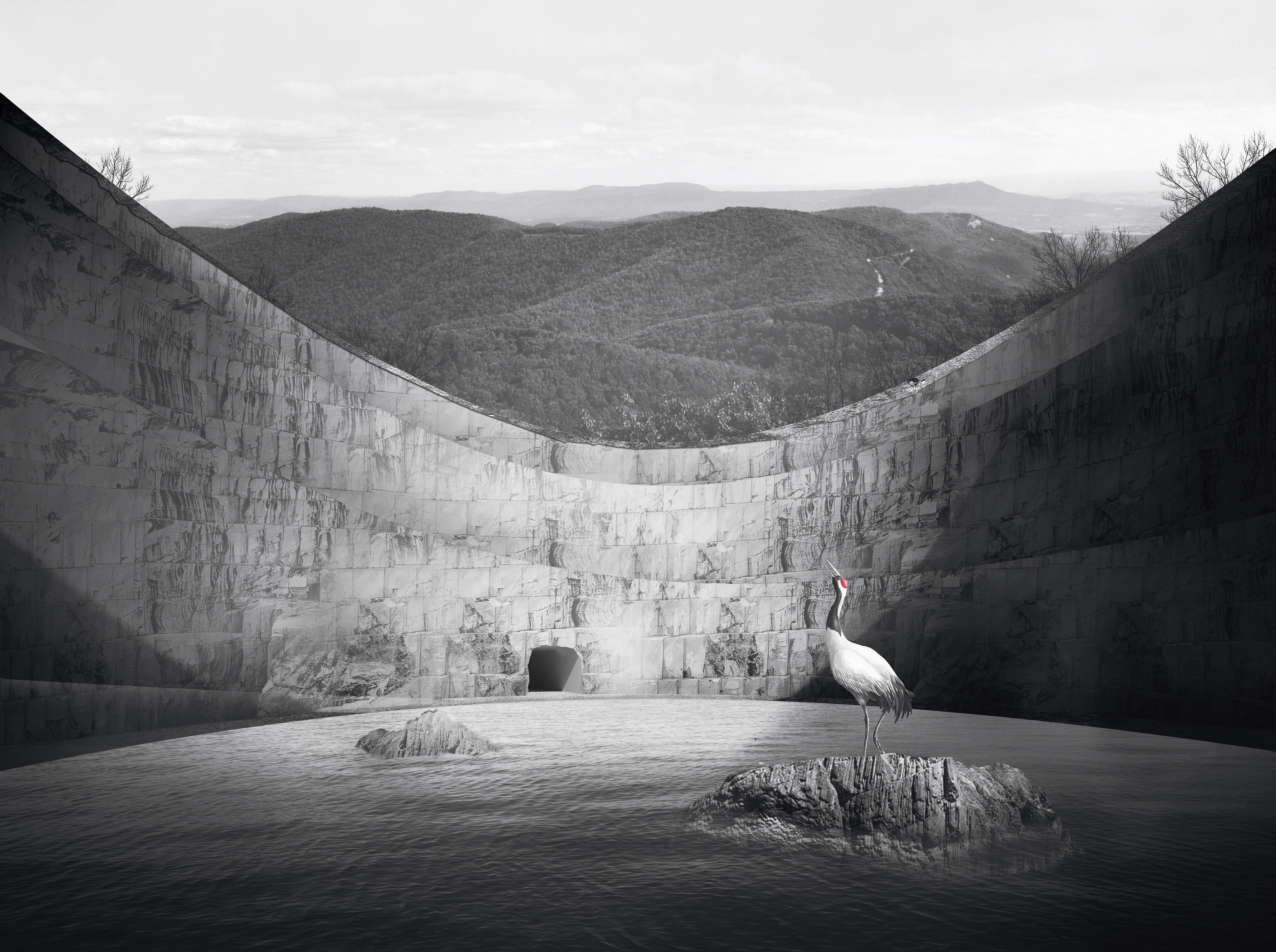
DMZ Vault of Life and Knowledge, Mass Studies, 2015.
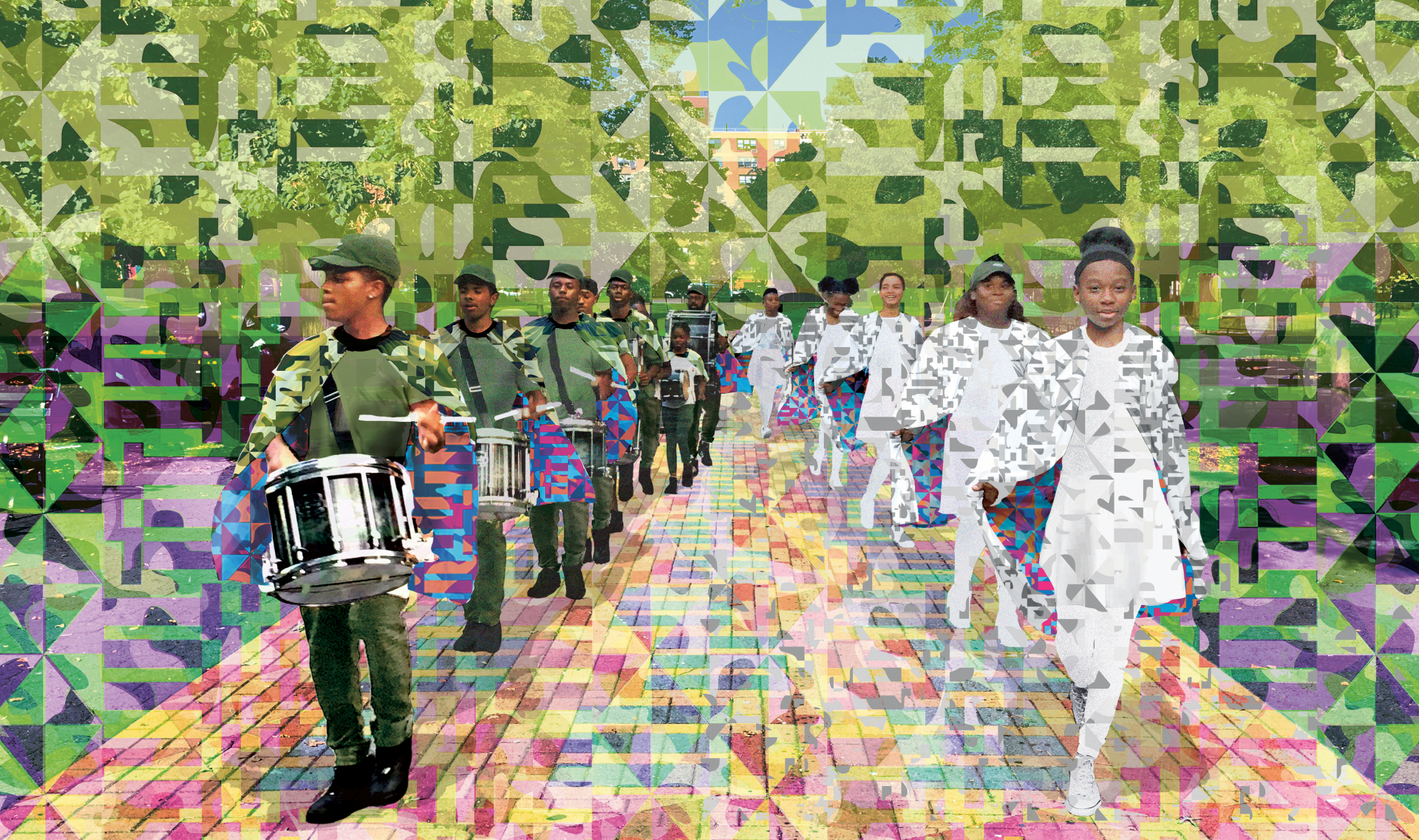
Marching On, Bryony Roberts, Mabel O. Wilson, and the Marching Cobras ofNew York, New York, NY, USA, 2017.
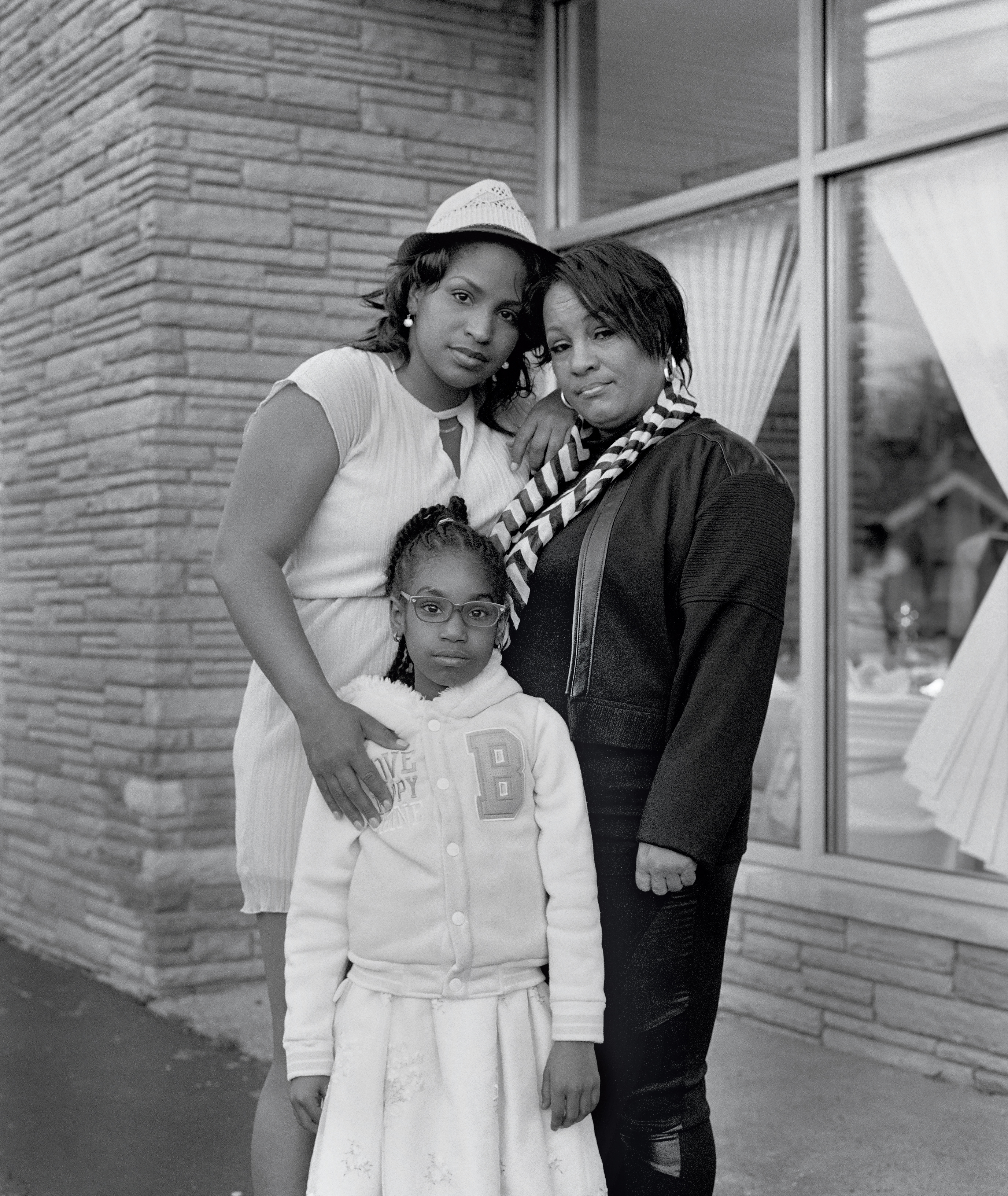
Flint Is Family Part I, LaToya Ruby Frazier, 2016–17.
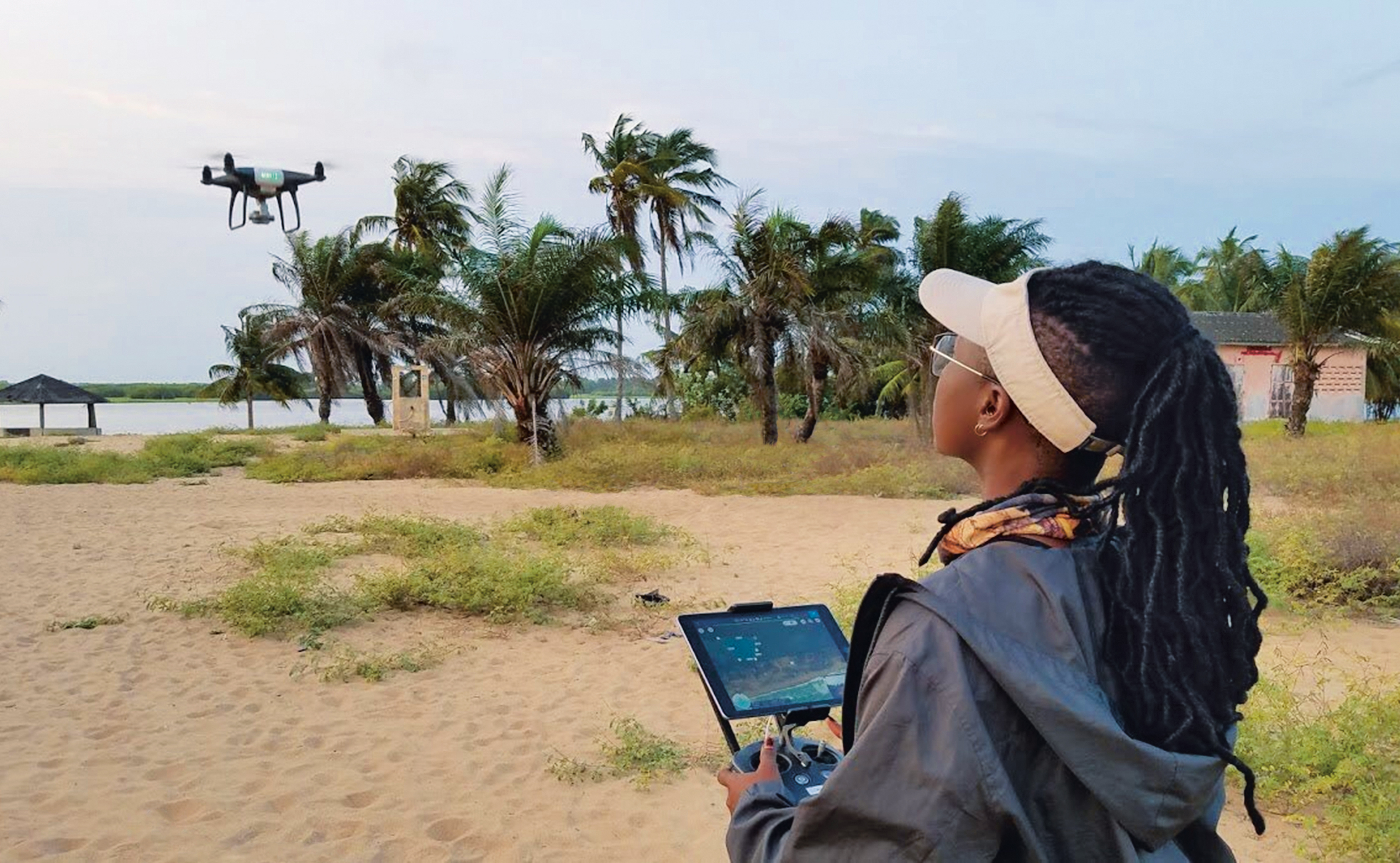
Space Enabled. Danielle Wood, with project contributors Fohla Mouftaou, Lola Fatoyinbo, David Lagomasino and Danielle Wood.
INFORMATION
Radical Architecture of the Future, Beatrice Galilee, Phaidon, £39.95
Wallpaper* Newsletter
Receive our daily digest of inspiration, escapism and design stories from around the world direct to your inbox.
Jonathan Bell has written for Wallpaper* magazine since 1999, covering everything from architecture and transport design to books, tech and graphic design. He is now the magazine’s Transport and Technology Editor. Jonathan has written and edited 15 books, including Concept Car Design, 21st Century House, and The New Modern House. He is also the host of Wallpaper’s first podcast.
-
 All-In is the Paris-based label making full-force fashion for main character dressing
All-In is the Paris-based label making full-force fashion for main character dressingPart of our monthly Uprising series, Wallpaper* meets Benjamin Barron and Bror August Vestbø of All-In, the LVMH Prize-nominated label which bases its collections on a riotous cast of characters – real and imagined
By Orla Brennan
-
 Maserati joins forces with Giorgetti for a turbo-charged relationship
Maserati joins forces with Giorgetti for a turbo-charged relationshipAnnouncing their marriage during Milan Design Week, the brands unveiled a collection, a car and a long term commitment
By Hugo Macdonald
-
 Through an innovative new training program, Poltrona Frau aims to safeguard Italian craft
Through an innovative new training program, Poltrona Frau aims to safeguard Italian craftThe heritage furniture manufacturer is training a new generation of leather artisans
By Cristina Kiran Piotti
-
 Ten contemporary homes that are pushing the boundaries of architecture
Ten contemporary homes that are pushing the boundaries of architectureA new book detailing 59 visually intriguing and technologically impressive contemporary houses shines a light on how architecture is evolving
By Anna Solomon
-
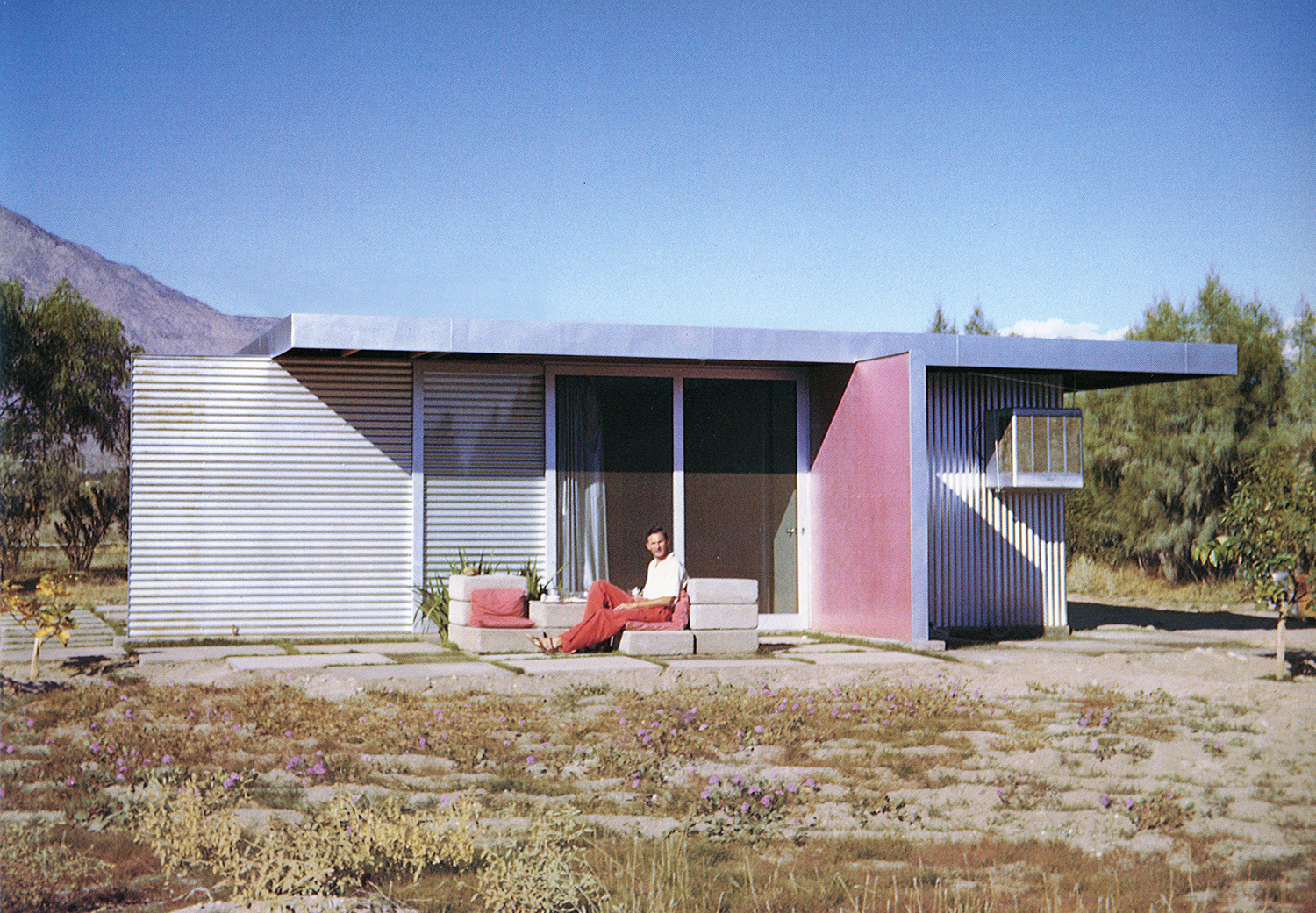 Take a deep dive into The Palm Springs School ahead of the region’s Modernism Week
Take a deep dive into The Palm Springs School ahead of the region’s Modernism WeekNew book ‘The Palm Springs School: Desert Modernism 1934-1975’ is the ultimate guide to exploring the midcentury gems of California, during Palm Springs Modernism Week 2025 and beyond
By Ellie Stathaki
-
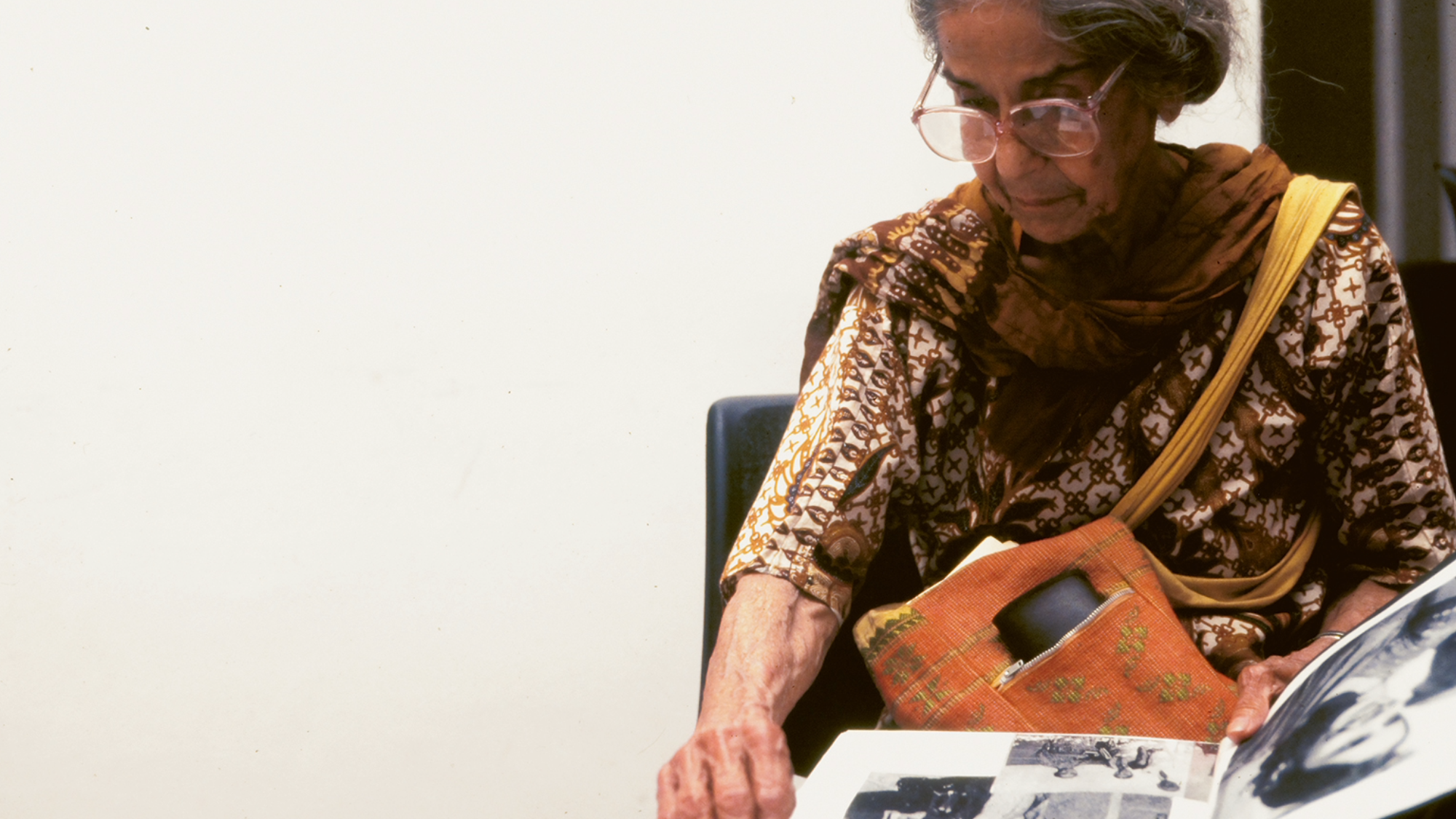 Meet Minnette de Silva, the trailblazing Sri Lankan modernist architect
Meet Minnette de Silva, the trailblazing Sri Lankan modernist architectSri Lankan architect Minnette de Silva is celebrated in a new book by author Anooradha Iyer Siddiq, who looks into the modernist's work at the intersection of ecology, heritage and craftsmanship
By Léa Teuscher
-
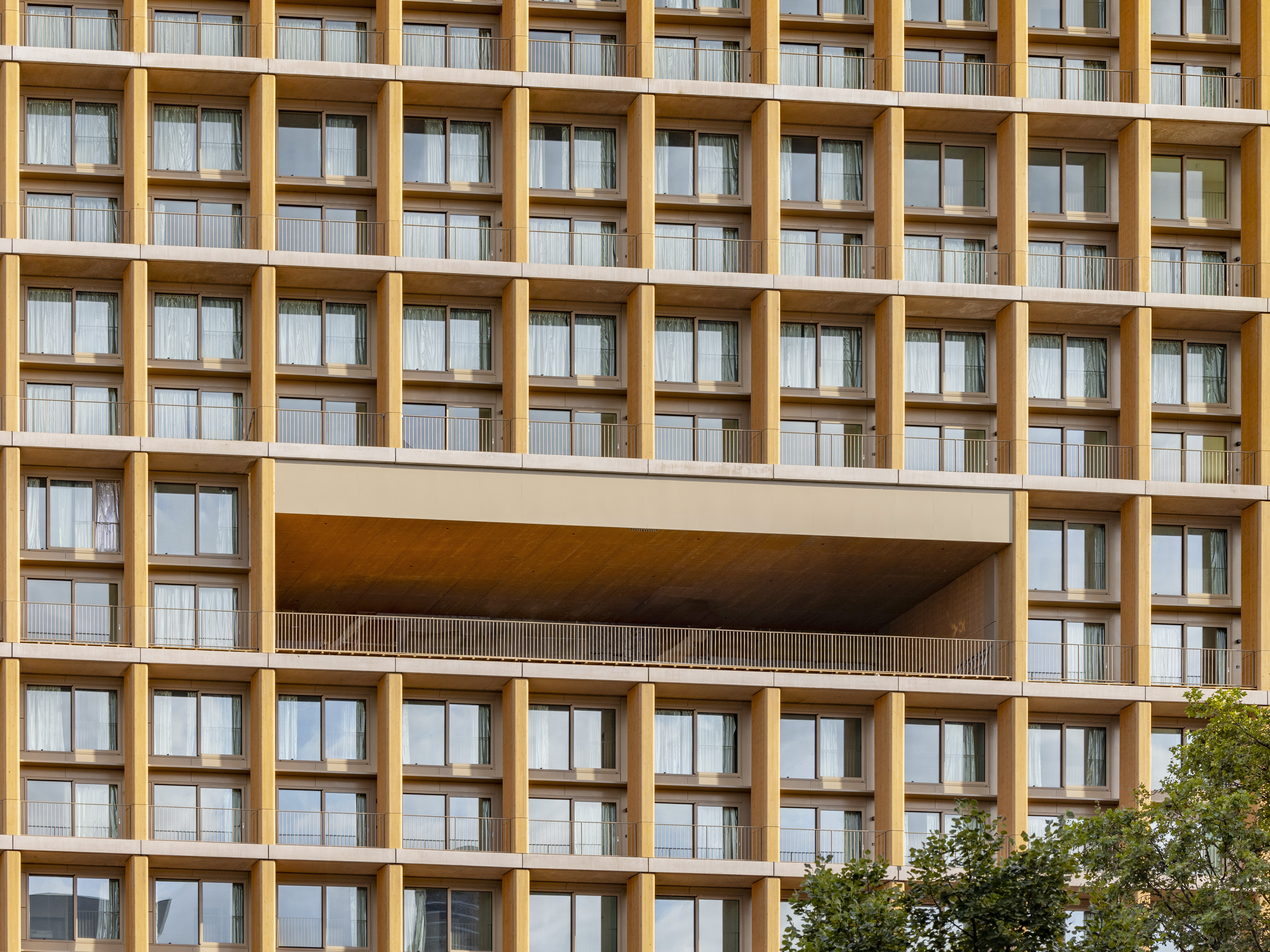 Explore wood architecture, Paris' new timber tower and how to make sustainable construction look ‘iconic’
Explore wood architecture, Paris' new timber tower and how to make sustainable construction look ‘iconic’A new timber tower brings wood architecture into sharp focus in Paris and highlights ways to craft buildings that are both sustainable and look great: we spoke to project architects LAN, and explore the genre through further examples
By Amy Serafin
-
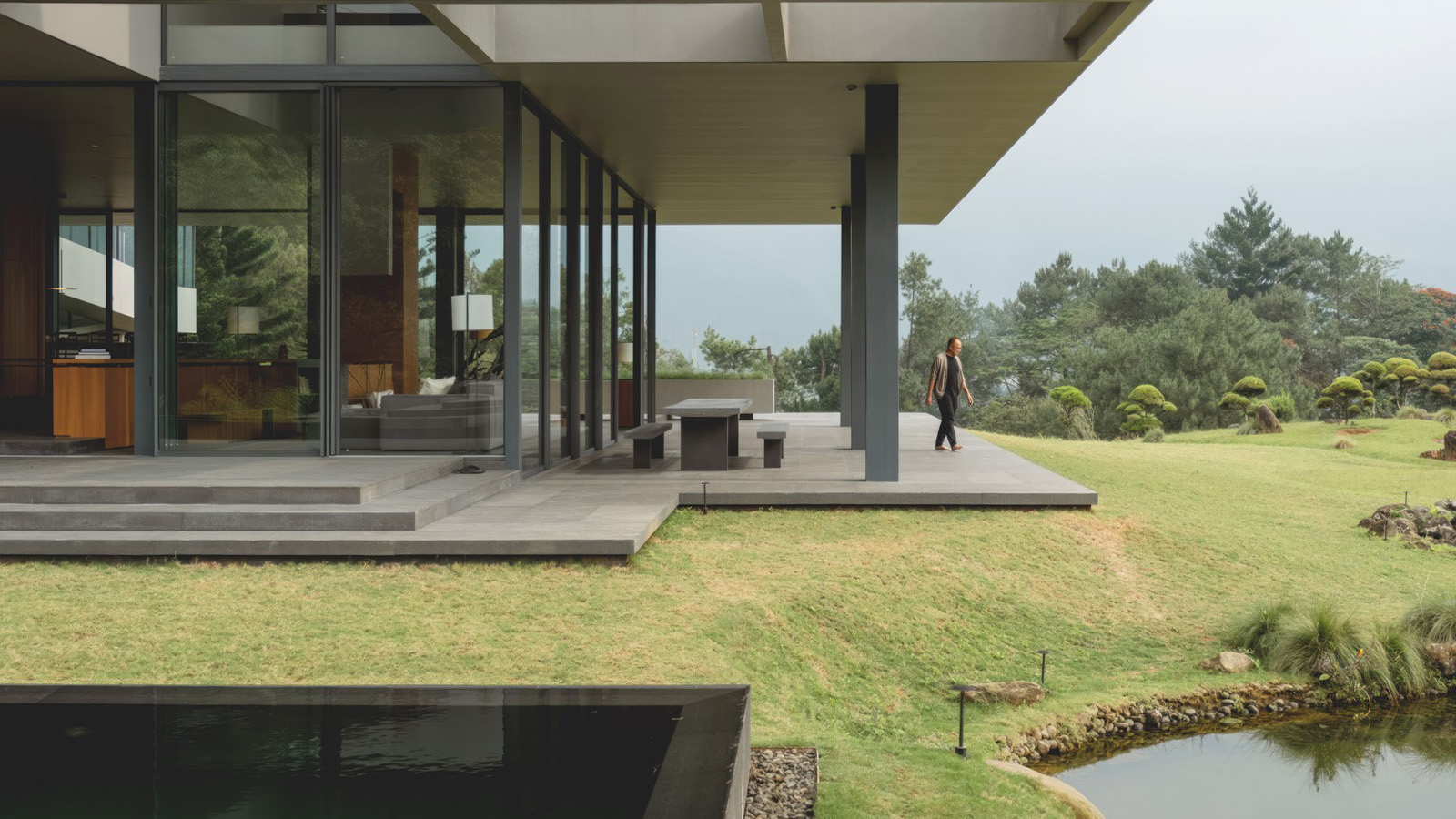 'Tropicality' explored in Indonesian architect Andra Matin’s first monograph
'Tropicality' explored in Indonesian architect Andra Matin’s first monograph'Tropicality' is a key theme in a new book on Indonesian architect Andra Matin, whose work blends landscape, architecture and living
By Harriet Thorpe
-
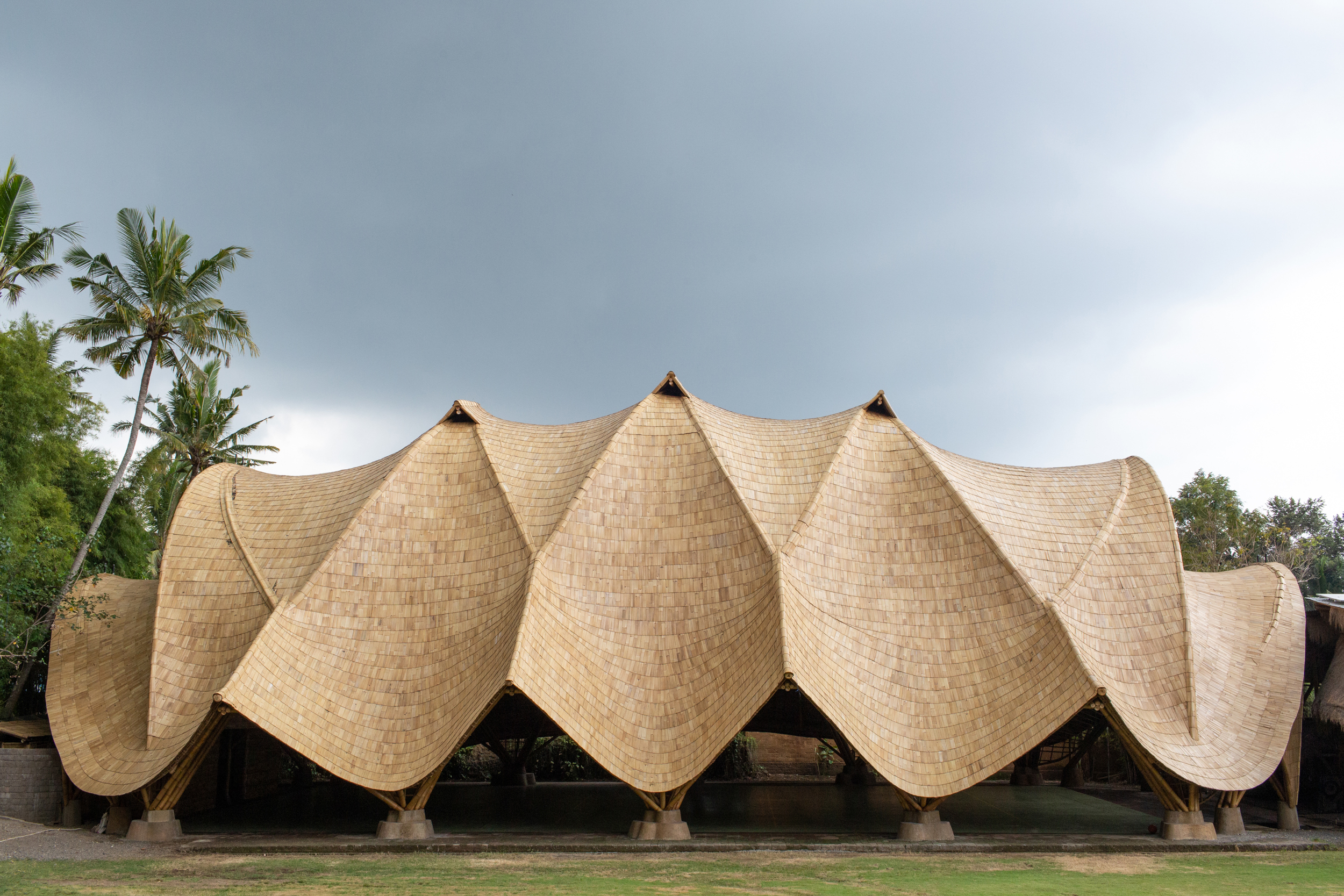 Building with bamboo: In Bali, designer, Elora Hardy, shares her tips and experience
Building with bamboo: In Bali, designer, Elora Hardy, shares her tips and experienceBamboo architecture can be powerful and sustainable; here, we talk to Ibuku's Elora Hardy, who shares her tips, thoughts and experience in working with the material in Bali
By Ellie Stathaki
-
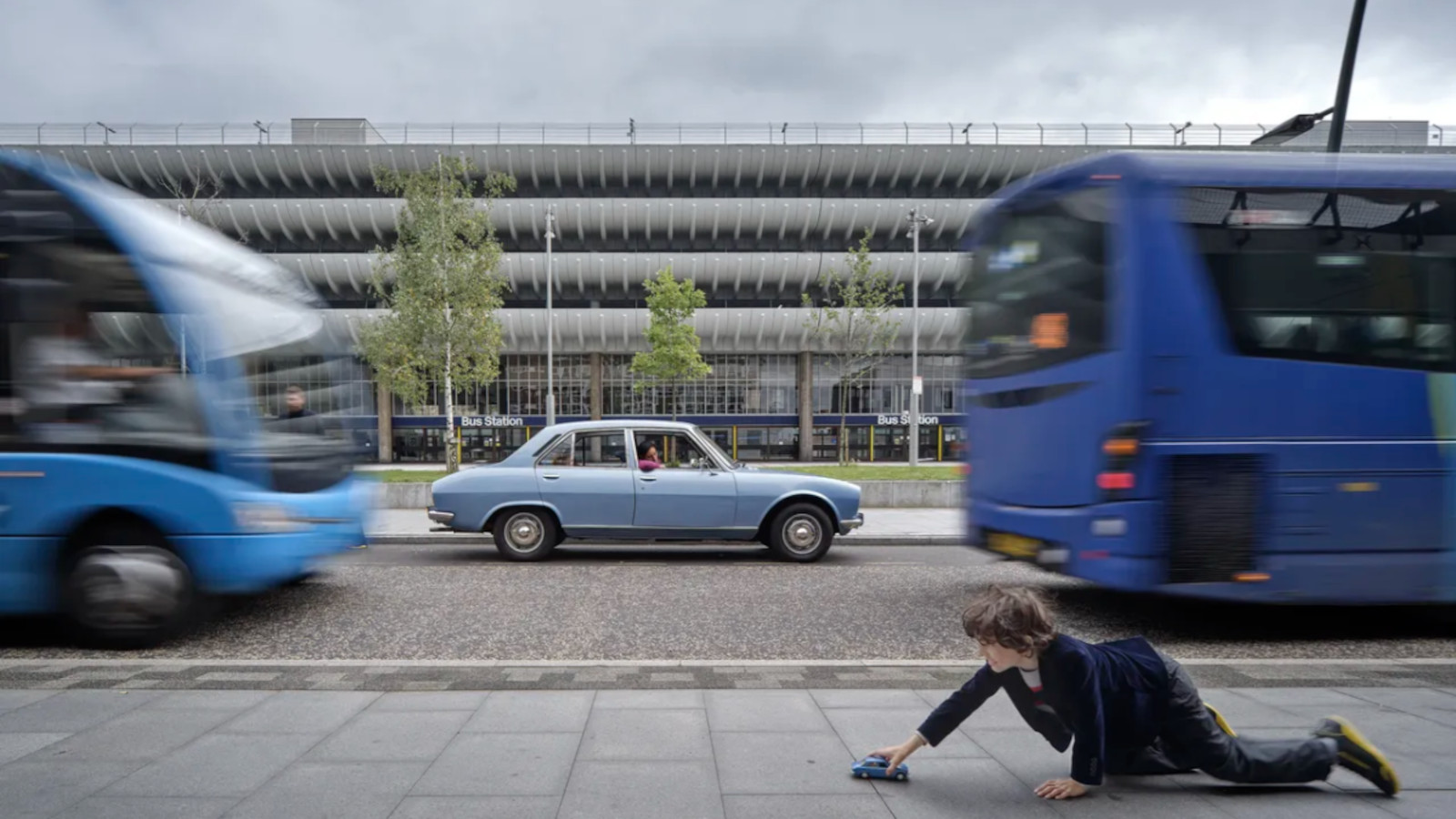 ‘A Time ⋅ A Place’ is a lovingly compiled photographic portrait of cars and architecture
‘A Time ⋅ A Place’ is a lovingly compiled photographic portrait of cars and architecture‘A Time ⋅ A Place’ is a celebration of the European Car of the Year and changing perceptions of modern design, pairing the best buildings of the age with their automotive contemporaries
By Jonathan Bell
-
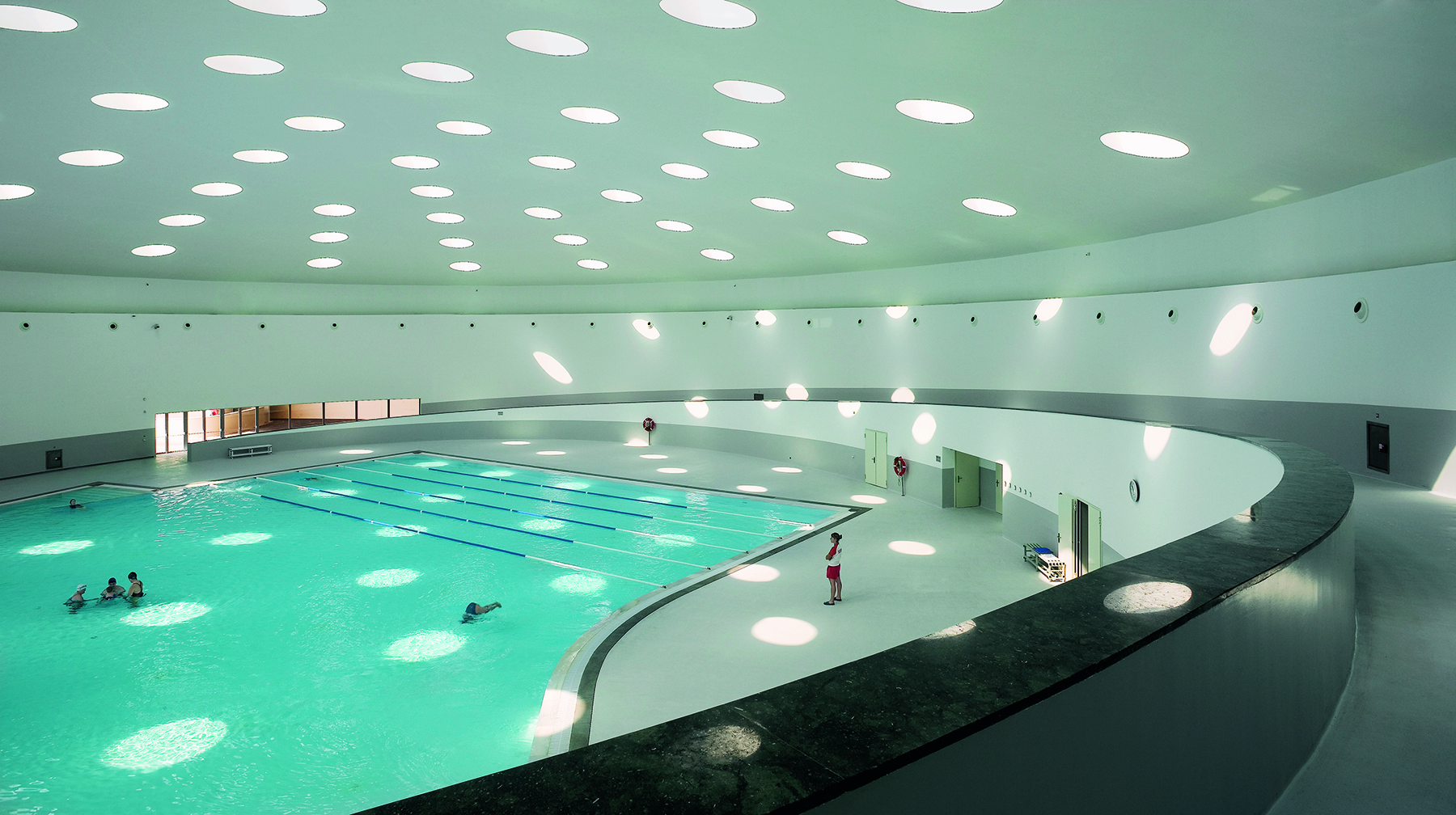 Álvaro Siza’s new monograph through the lens of Duccio Malagamba is impactful and immersive
Álvaro Siza’s new monograph through the lens of Duccio Malagamba is impactful and immersiveÁlvaro Siza and photographer Duccio Malagamba collaborate on a new monograph by Phaidon; ‘Before / After: Álvaro Siza Duccio Malagamba’ celebrates the Portuguese architect's work
By Michael Webb